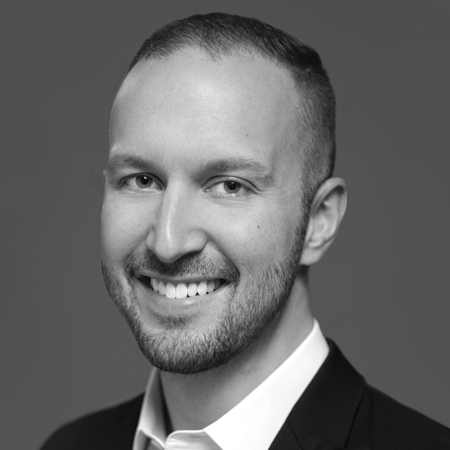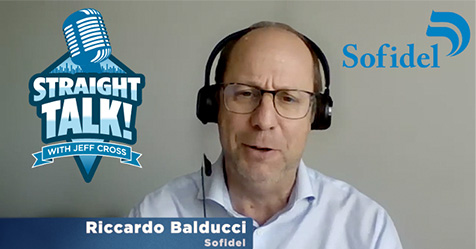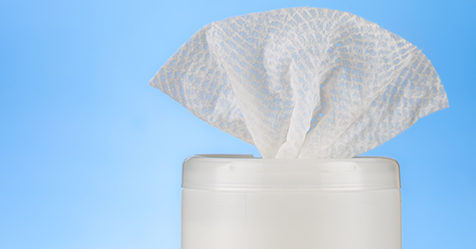Getting your pricing right is the difference between thriving and struggling for commercial cleaning businesses. Bidding too low eats into your profits. Bidding too high often causes you to lose the job. So, how do you find that sweet spot where you’re competitive and profitable?
When we talk about commercial cleaning bidding, we’re talking about how we position our services to meet a client’s specific needs. Every facility is different, so our proposals have to reflect that. A solid bid breaks everything down clearly: labor estimates, material costs, and, of course, pricing that makes sense for both sides. It’s more than just winning the job; it’s setting the job up to
be profitable and sustainable.
The bid includes:
- Scope of work.
- Frequency of service.
- Estimated labor hours.
- Supplies and equipment costs.
- Your price for the job.
The goal is to land the contract and make money doing it. Here’s a clear breakdown to help you assess how much a job will cost to perform, calculate your price per person-hour, and determine your charges.
Know your costs
Labor is almost always the most significant cost in a commercial cleaning bid, usually making up 50% to 80% of the total price, according to Building Service Contractors Association International. That’s why getting it right is crucial. If your labor estimates are off, everything else in the bid will be too. Proper planning is the foundation of a successful, profitable bid. When you take the time to calculate labor hours accurately, account for real-world variables, and match the right crew to the job, you’re setting yourself up to win the contract and make it worth your while.
Before you price any job, you need to know what it costs you to operate. That includes:
- Labor: Wages, payroll taxes, workers’ compensation, and insurance.
- Supplies and equipment: Cleaning chemicals, mop heads, machines like auto scrubbers or burnishers.
- Overhead: Office rent, administrator wages, marketing, fuel, phones, and software.
- Profit: You’re not in business to break even— build in a profit margin.
After you have determined your operating costs, you need to determine the costs of the specific job. Follow these steps for a clear picture:
- Walk the site and measure. Note square footage, floor types, restroom counts, windows, etc.
- Use industry standards to estimate labor hours. How long will it take to clean based on tasks and frequency?
- Figure your labor cost. Multiply estimated hours by your employee’s hourly wage (including payroll taxes, benefits, etc.).
- Add supplies and equipment. Include floor machines, chemicals, vacuums, etc.
- Add overhead. Use a percentage of labor to cover insurance, office expenses, etc.
- Add your profit margin depending on your goals and market.
You also need to determine the person-hours, which is how much it costs to put one worker on a job for one hour. Here’s the basic formula: total job costs (labor + supplies + overhead) ÷ total labor hours = cost per person-hour.
For example:
- Labor costs: US$800
- Supplies and overhead: $200
- Total hours: 50 ($800 + $200) ÷ 50 = $20 per person-hour
Decide how much you should charge
How much you should charge for a job does not have a one-size-fits-all answer. Your local competition, labor costs, and niche (medical, industrial, office, etc.) all affect your prices.
The following are some average hourly commercial cleaning rates, as well as variances across industry segments and facility types:
- General janitorial: $28-$50
- Floor stripping and waxing: $0.24-$0.55 per square foot
- Carpet cleaning: $0.15-$0.30 per square foot
- Post-construction: $0.30-$0.75 per square foot
Imagine you’re bidding on stripping and waxing 10,000 square feet of vinyl composition tile flooring. Follow these four steps:
- Step 1: Estimate the production rate. A skilled team might handle 250 square feet per hour, including setup, work, and cleanup. Use the equation: 10,000 ÷ 250 = 40 labor hours.
- Step 2: Calculate the labor costs. Say fully burdened labor cost is $32 per hour for floor techs. Figure: 40 hours x $32 = $1,280.
- Step 3: Add supplies and overhead. If your supplies consisted of wax, stripper, and pads costing $500, and the overhead was 15% of the cost of labor ($192), your equation to
determine total cost would be $1,280 + $500 + $192 = $1,972. - Step 4: Add the profit margin. If you want a 30% profit margin, use the equation: $1,972 x 1.3 = $2,564. Thus, your final bid would be $25,640 for 10,000 square feet, or $0.2564 per
square foot.
Consider these final tips
The bidding process doesn’t stop after these four steps. Don’t neglect to:
- Track your time. Always compare actual hours to your estimates.
- Know your break-even. Never go below your cost per person-hour.
- Value your work. Don’t race to the bottom. Sell quality, reliability, and professionalism.
- Customize your bids. Office cleaning isn’t the same as cleaning a manufacturing plant.
To win commercial cleaning contracts and maintain profitability, have a clear understanding of your numbers. Determine your actual costs and price by the person-hour, and ensure you build in
a healthy profit margin. With the right approach, bidding becomes less of a guessing game and more of a formula for success.




